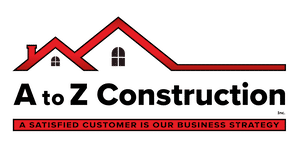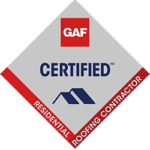What Are the Best Roofing Materials for Severe Weather Conditions?
In the realm of home maintenance, few things are as crucial as the materials that make up your roof. The right roofing materials can mean the difference between a secure, long-lasting shelter and constant repairs due to weather damage. Today, we’ll explore some of the best roofing materials on the market, considering their durability and resilience against various elements.
Slate Roof: A Time-Tested Defender
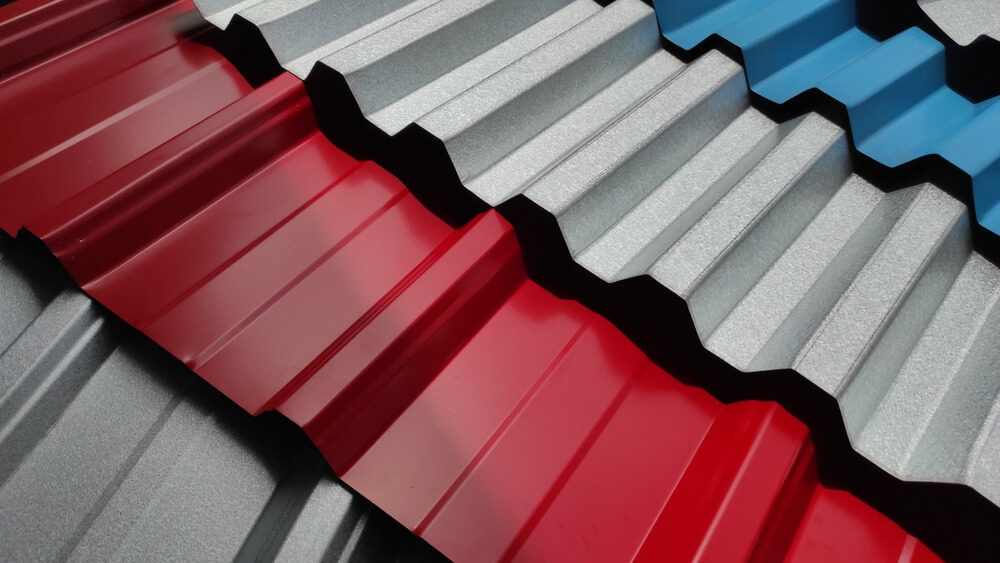
Slate roofs stand out as one of the top contenders in the roofing material arena. When it comes to defending your home against hail storms, few options rival the robustness of slate. Its natural composition makes it adept at deflecting hail and enduring harsh weather conditions. The durability of slate ensures that your roof remains steadfast against the elements, providing reliable protection for years to come.
Metal Roofs: Longevity and Resilience
Metal roofs present another formidable option for homeowners seeking durability. While they may sustain damage under extreme circumstances, such as severe hail storms, they boast an impressive lifespan. Unlike traditional asphalt shingles, metal roofs can endure without leaking for extended periods, offering peace of mind amidst inclement weather. Their resilience against wear and tear makes them a worthy investment for homeowners looking for long-term solutions.
The Impact of Hail on Asphalt Shingles
Asphalt shingles, although common, are more susceptible to damage from hail storms. When hailstones pummel these shingles, they dislodge granules and expose the underlying asphalt to the elements. Over time, this exposure leads to deterioration, compromising the roof’s ability to repel water. In regions like Minnesota, where weather patterns fluctuate dramatically, this deterioration process can accelerate, leaving homeowners vulnerable to leaks and structural damage.
Understanding Minnesota Weather Challenges
In states like Minnesota, where residents experience a diverse range of weather conditions, the choice of roofing materials becomes paramount. The combination of sun, snow, and rain puts immense pressure on roofs, necessitating materials that can withstand such fluctuations. Opting for robust roofing materials becomes not just a matter of preference but a practical decision to safeguard your home against the elements.
Navigating Insurance Claims After Storm Damage
After enduring a hail storm, homeowners often grapple with the aftermath, including potential damage to their roofs. While some may not notice immediate leaks, the underlying issues can manifest over time, leading to costly repairs. Navigating insurance claims in the wake of such events can be challenging, with limitations on filing periods and the need for timely assessments. Homeowners need to understand their coverage and act promptly to address any storm-related damages.
Conclusion
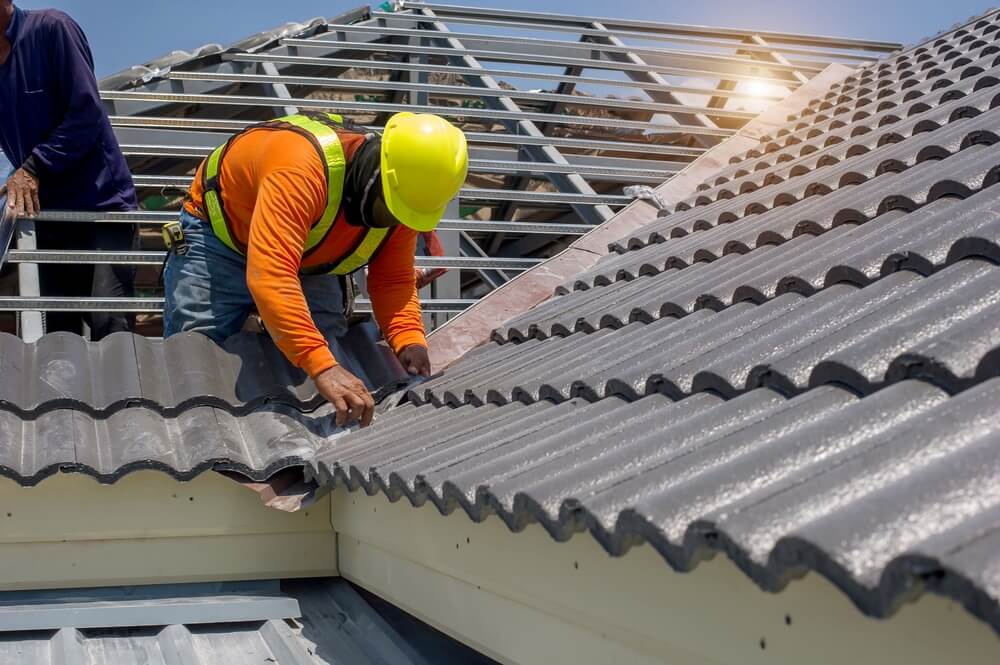
Selecting the right roofing materials is paramount to protecting your home from the elements. Whether you opt for the enduring strength of slate, the resilience of metal, or the affordability of asphalt shingles, each choice carries implications for your home’s longevity and safety. By considering the unique challenges posed by your local climate and investing in durable materials, you can fortify your home against whatever nature throws its way. If you need guidance in making the best choice for your property, don’t hesitate to contact A to Z Construction today for expert advice and assistance.
What Are the Common Issues Found During Roof Inspection?
In the wake of severe storms, homeowners often find themselves facing unexpected challenges, one of the most common being issues found during roof inspection. These examinations, typically prompted by the aftermath of intense weather conditions, reveal a range of problems that can compromise the integrity of the roof and, consequently, the safety and comfort of the home. Let’s explore some of the prevalent issues encountered during roof inspections and their implications.
Damage to Shingles
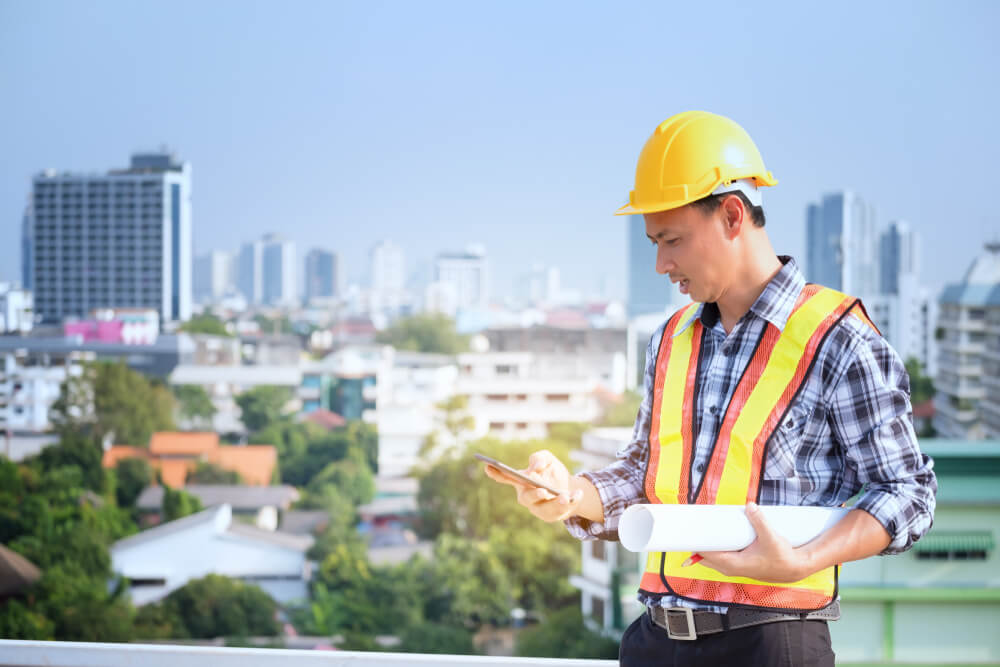
One of the primary concerns identified during roof inspections is damage to shingles. When severe storms sweep through an area, they can wreak havoc on the roof, causing significant harm to the shingles. Among the most frequently observed forms of damage are missing shingles, a glaring indication of the force with which the storm struck. In such cases, immediate action is necessary to prevent further deterioration and potential leakage. Roofing professionals may need to employ temporary measures, such as tarping, to safeguard the affected areas and mitigate the risk of water intrusion.
Granular Loss
Another common issue detected during roof inspections is granular loss. This phenomenon occurs when the protective granules embedded in the shingles are dislodged due to the impact of severe weather. As rain, hail, or debris pummels the roof, it can strip away these granules, leaving the underlying shingles vulnerable to deterioration. The loss of granules not only compromises the aesthetic appeal of the roof but also undermines its longevity. Without adequate granular protection, the shingles are more susceptible to UV damage, moisture penetration, and premature aging, hastening the need for repairs or replacement.
Impact Damage
In addition to granular loss, roof inspections often reveal evidence of impact damage. This type of damage manifests as bruising or indentations on the surface of the shingles, indicating direct contact with external objects during a storm. Whether it’s hailstones battering the roof or debris propelled by strong winds, these impacts can leave lasting storm damage that compromise the structural integrity of the shingles. Over time, the cumulative effect of such damage can weaken the roof’s ability to withstand future storms, necessitating prompt remediation to reinforce its defenses against inclement weather.
Shortened Lifespan
One of the consequences of the aforementioned issues is the shortened lifespan of the roof. When left unchecked, damage to shingles, granular loss, and impact damage collectively contribute to the accelerated deterioration of the roof system. What was once a robust and resilient barrier against the elements becomes increasingly fragile and susceptible to further harm. As a result, the anticipated lifespan of the roof is significantly reduced, necessitating premature repairs or replacement to ensure the long-term integrity of the structure.
Preventative Measures
While issues found during roof inspection can be disconcerting, proactive measures can help mitigate their impact and preserve the structural integrity of the roof. Regular inspections, conducted by qualified roofing professionals, enable early detection of potential issues, allowing for timely intervention and preventative maintenance. By addressing minor concerns before they escalate into major problems, homeowners can prolong the lifespan of their roofs and safeguard their homes against the destructive forces of nature.
Conclusion
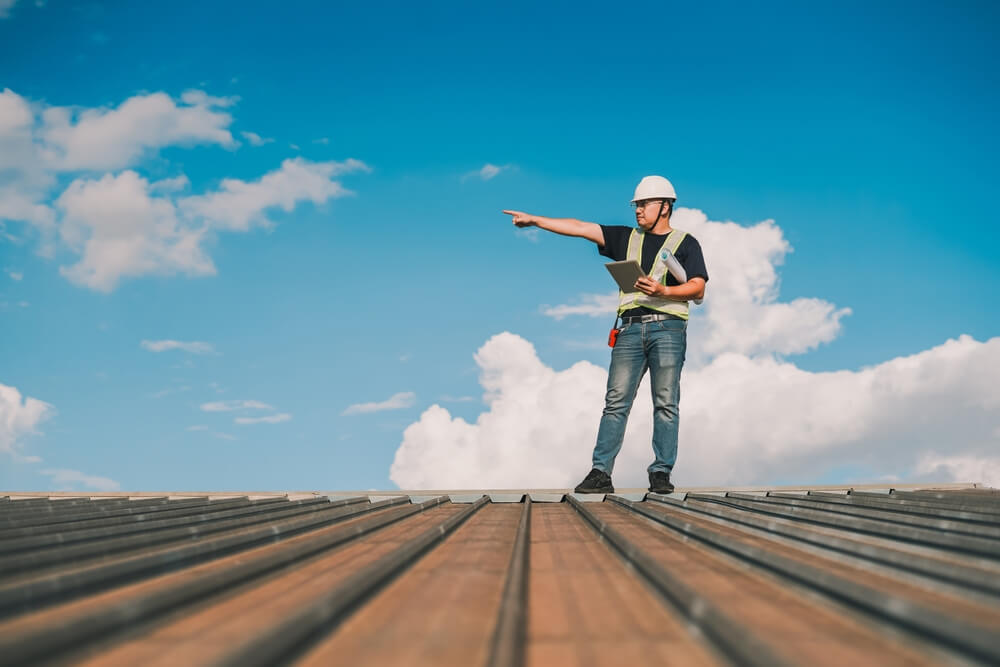
Issues found during roof inspection are a common consequence of severe storms and adverse weather conditions. From damage to shingles and granular loss to impact damage and shortened lifespan, these issues underscore the importance of proactive roof maintenance and timely repairs. By staying vigilant and addressing roofing issues promptly, homeowners can protect their investments and ensure the long-term durability of their homes. For expert assistance, homeowners can confidently contact A to Z Construction today.
What Are the Common Causes of Premature Roof Failure?
Is your roof showing signs of premature wear and tear? Are you experiencing unexpected leaks or missing shingles after a storm? You might be dealing with premature roof failure, a common issue that can significantly shorten the lifespan of your roof. In this guide, we’ll explore the causes of premature roof failure and discuss practical solutions to protect your home from damage.
The Impact of Hail on Roof Health
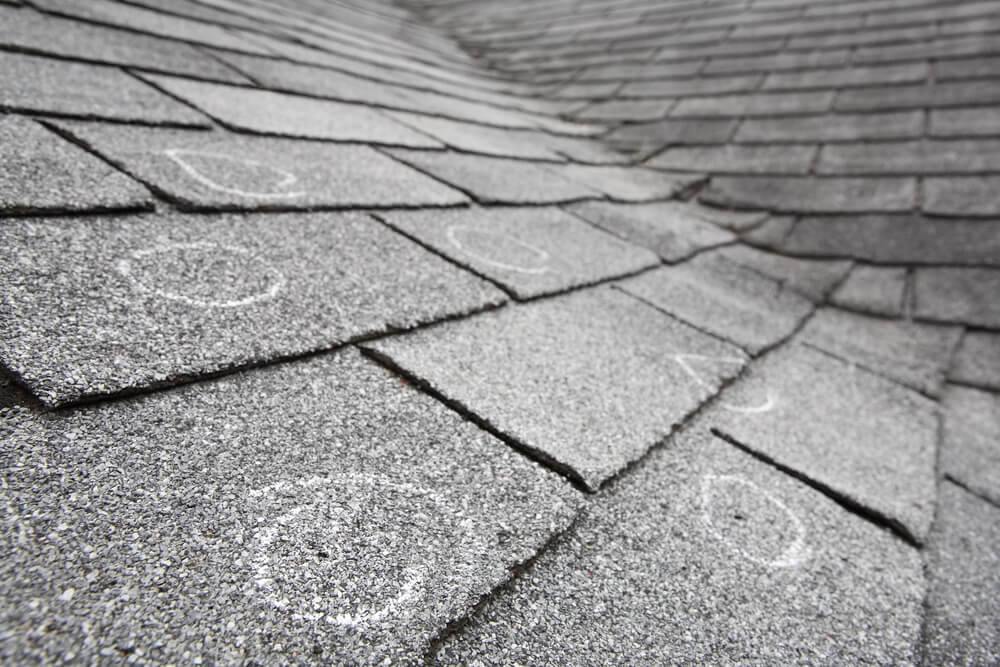
Hailstorms can wreak havoc on your roof, causing significant granular loss and damage. When hail strikes, it acts like a deep tissue massage for your roof, loosening up granules on the shingles. This granular loss weakens the integrity of the roof, making it more susceptible to further damage from rain, snow, or heavy winds.
Understanding the Effects of Wind Storms
Severe wind storms can exacerbate the problem of premature roof failure. Missing shingles, often a result of strong winds, create vulnerable spots on the roof where leaks can occur. These leaks not only compromise the structural integrity of the roof but can also lead to water damage inside your home.
Identifying Signs of Premature Roof Failure
Recognizing the early warning signs of premature roof failure is essential for taking proactive measures to address the issue. Keep an eye out for:
- Granular loss: Check your gutters and downspouts for an accumulation of granules, indicating wear and tear on your roof.
- Missing shingles: Inspect your roof after a storm for any missing or damaged shingles that may need to be replaced.
- Leaks: Look for water stains or moisture in your attic or ceilings, which could indicate a leaky roof.
- Sagging or drooping areas: If you notice any areas of your roof that appear to be sagging or drooping, it could be a sign of underlying structural damage.
Preventing Premature Roof Failure
While it’s impossible to completely eliminate the risk of premature roof failure, there are steps you can take to minimize the likelihood of damage:
- Regular maintenance: Schedule regular inspections and maintenance to identify and address potential issues before they escalate.
- Prompt repairs: Address any damage or missing shingles promptly to prevent further deterioration of the roof.
- Upgrading materials: Consider investing in high-quality roofing materials that are designed to withstand extreme weather conditions.
- Reinforcing weak spots: Reinforce vulnerable areas of your roof, such as valleys and eaves, to minimize the risk of leaks and damage.
Conclusion
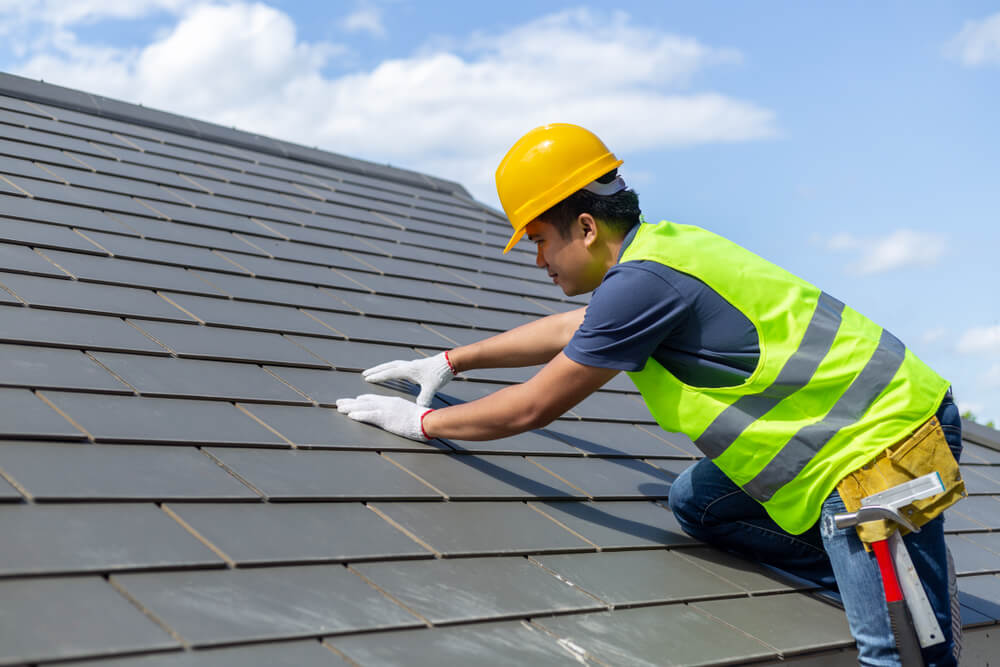
Premature roof failure can pose significant challenges for homeowners, jeopardizing the integrity of their homes and incurring costly repairs. Understanding the underlying causes, such as hail and windstorm damage, is crucial in mitigating the risk of premature failure. By taking proactive measures such as regular inspections, timely repairs, and investing in quality roofing materials, homeowners can safeguard their investment and ensure the longevity of their roof. Remember, early detection and preventive maintenance are key to protecting your home from premature roof failure. If you need assistance with roof inspections or repairs, don’t hesitate to contact A to Z Construction today for reliable and professional service.


